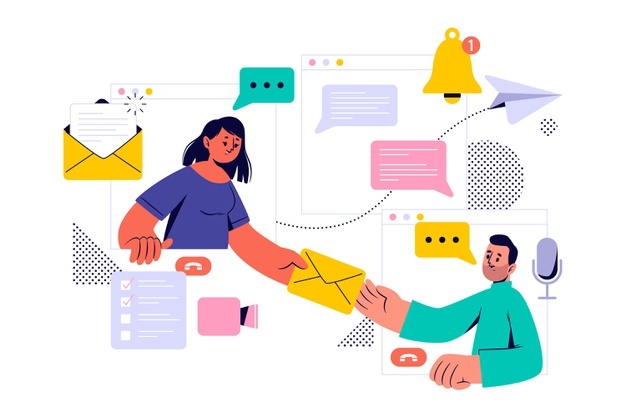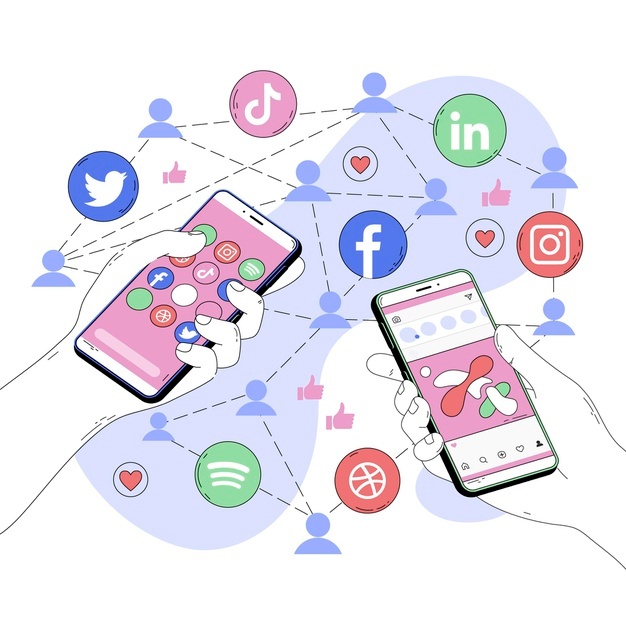Thanks to COVID 19 and major commercial shutdowns, business owners are looking for ways to get their message across to potential customers, and what better way to do so other than virtual events! There are very hundred thousand virtual events, which are hosted online on a regular basis.
So, it is not hard to state that there is always increased competition in the field of virtual event space. In order to stand out, you need a full-proof online marketing strategy. It will stand out to drive some conversions, gain a high level of interest and boost some attendance for the upcoming virtual meet.
Now, before you create and implement a marketing strategy, learn what your competitors are up to. Check out what works out for them so that you can give that a try yourself. Well, to successfully help you strategize a virtual marketing plan, there are certain steps that you should not ignore. Before your next meeting, try following these plans!
Focus on the timeline of the virtual event first and then promote before, during, and even after the event:
In the case of traditional events, planning starts around 6 to 12 months before the actual date. But, virtual events, on the other hand, will allow for quicker turnaround time within a span of 1 to 3 months.
- As you don’t have to hit your head to find the best venue for your meet and greet, setting up that virtual environment will take less time. So, you have enough time to focus on event promotion instead.
- Before you start the event promotion, you need to identify your audience base. Based on that, you need to create some registration or landing pages.
- Now, take time to send direct email campaigns, followed by posts and contests on multiple social media channels.
- For the next stop, you have to create one meaningful event website. Then launch your email marketing and finally send the remainder of emails to prospective attendees.
- During the virtual meeting, continue with the reminder emails. Then create some live social media posts.
- Share some downloadable content with your attendees while the meeting is still on. Furthermore, you can use the power of chatbots or live chats to answer some questions then and there.
- Lastly, run some branded experiences and some activities over here.
- Once the event is done is dusted, don’t forget to send “thank you” emails to all attendees.
- Make sure to update the website for some relevant post-event. Share some of the surveys and launch the re-targeting campaigns soon enough.
Focus on your event page well:
When it comes to event pages, you need to focus on an attention-grabbing one. It is this page, which will provide as much information about the event as possible.
- Using simple tools will help you to create a website that will stand out and entice more and more people to sign up.
- For that, focus on the eye-catching graphics, some engaging keynote speakers’ clips, professional pictures, performers, and that of workshop leaders.
- If you don’t want the people to wander away from the page, try adding some relevant videos, pictures, and some other media so that they don’t have to look for further information somewhere else.
Lastly, don’t forget to include all the major details on the website so that your event page will turn into their one-stop platform for all information. Some of those are the agenda, time and date of the event, sponsor information, speaker’s bios, sign-up links, and some secured payment options.
Focus on the “save the date” email:

Once you have done the big part of making and launching your website, it is time to “save the date” emails to all your prospective invitees. It does not matter if you had time to put on the full agenda online, but it is really fine to start the promotion way before that.
- For this part, you need to send your audience one simple email with the name of the event, a description to showcase the value and content, and finally, the CTA, which will lead them towards the virtual platform.
- You can use certain services like “add to calendar” buttons that will synchronize with that of Google, Outlook, and Apple Calendars.
- On the other hand, you can schedule some of the email blasts, depending on the current tent-pole announcements, and be sure to include information on a regular basis.
- Focus on your hashtags and social media accounts, where you will start posting reminders of your event. As the date nears by, you have to post more often.
Focus on your social game:

Depending on the marketing plan and the final timeline, you need to share the event on multiple social media platforms. It should always start with the date, time, or location-based announcements.
- Always remember that the frequency of you posting information about the event needs to be consistent.
- Try using the “tent-pole” as the first point and then fill out the gaps with some previous contents.
- You can try adding some conversation prompts with your audience and then focusing on flash sales or any special discounts you want to add.
- Always try mixing out the photos, graphics, and videos if you have them by your side available. You can try leveraging such posts as a significant part of paid media strategy.
The epic announcement in the end:
Whether you are dealing with the event’s agenda or programming, it will always form the major jam of your event. So, getting that agenda out as early as possible will always help in starting the registration process faster. It will always help if you can break the programming announcements over time. It will actually let attendees know what your event is about, and they will find it confident to spend money on it.
Keep your conversations always going!
The golden rule of virtual event promotion is to keep your conversations going. Always pester your audience about the event, remind them of the date and place, and also lure them into filling up the registration form. The more you are able to establish contact, the better!

